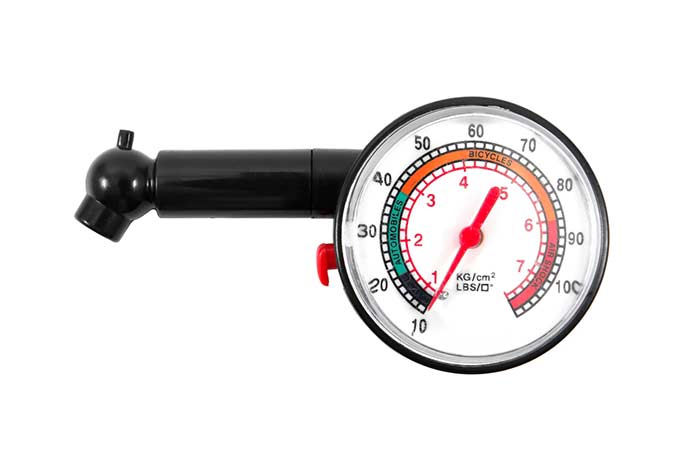
Tyres are the main contact your vehicle has with the road, and as such they are one of the most important features on every modern car. Supporting the car’s weight and ensuring it is distributed evenly, looking after your tyres and ensuring proper inflation is imperative to overall on-road safety.
Driving with incorrect tyre pressure can affect everything from comfort and cornering ability to braking, handling and directional stability. Safe T Tyre is the trusted choice for high quality tyre pressure monitoring systems (TPMS), and we believe every car on our roads should be fitted with a reliable TPMS. Read to learn more about tyre pressure, why it’s important and easy ways to maintain the correct air pressure in your tyres.
The Right Pressure for Your Vehicle
Every vehicle has a specified tyre pressure recommended by the car and tyre manufacturer. Measured in PSI (pounds per square inch), you can find this information in the vehicle owner’s handbook, on the fuel filler flap or on the placard located inside the driver’s door. It’s important to note that in some vehicles, the recommended pressures for front and rear tyres may be different and in certain situations, such as towing or carrying extra weight, you may need to change your tyre pressure from its normal level. The owner’s handbook should include this information.
What Are the Dangers of Over-Inflated Tyres?
Tyres that are over-inflated, or contain too much air, have a smaller area of contact with the road.
This results in:
- A loss of traction and braking inefficiency
- Premature and uneven tread wear around the centre of the tyre
- Poor handling, especially when cornering at speed
- A harsher ride leading to an increased risk of blowouts and a higher likelihood of skidding
- A lower level of driver comfort and increased road noise
What Are the Dangers of Under-Inflated Tyres?
Tyres with not enough air have a larger than necessary contact area with the road.
This may:
- Increase rolling resistance
- Lower fuel efficiency
- Affect steering response and stability when turning
- Make tyres weaker and more susceptible to damage and punctures
- Lead to uneven tread wear on the edge of the tyre
Maintain the Pressure with a Tyre Pressure Monitoring System (TPMS)
Manually checking tyre pressure is a mundane task that is often overlooked. Fortunately, installing a TPMS device removes the need for weekly manual air pressure checks. Most new vehicles sold in Australia come with factory-installed tyre pressure monitoring systems as standard, these systems alert the driver with a dashboard warning light to any changes in tyre pressure. For older vehicles, there is a wide range of affordable after-market tyre pressure monitoring systems that can be quickly and easily installed to almost any type of vehicle. With two main types, direct or indirect, there’s sure to be a model to suit your car.
One of the best ways to maximise the safety of your car is to keep your tyres properly inflated. Not only does proper inflation keep you safer, it increases fuel economy, reduces road noise and prevents premature tyre wear and damage.
For more information on TPMS or to purchase yours today, get in touch with the team at Safe-T-Tyre today. Call us now on 1800 876 700 or contact us online.

